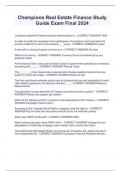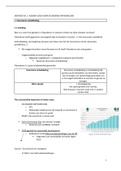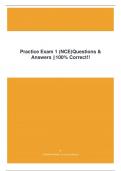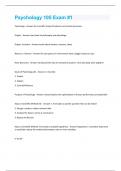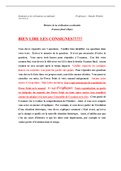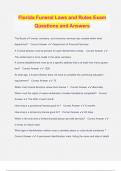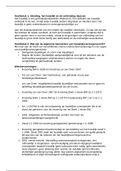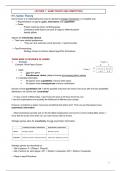Exam (elaborations)
Test Bank For International Trade 4th Edition by Feenstra
- Institution
- International Trade - Test Bank
1. International macroeconomics studies: A) decisions of individual households in other countries. B) decisions by governments in other countries. C) the interrelationship of large-scale economic issues across countries. D) the interrelationship of politics and economics within a country. ...
[Show more]




